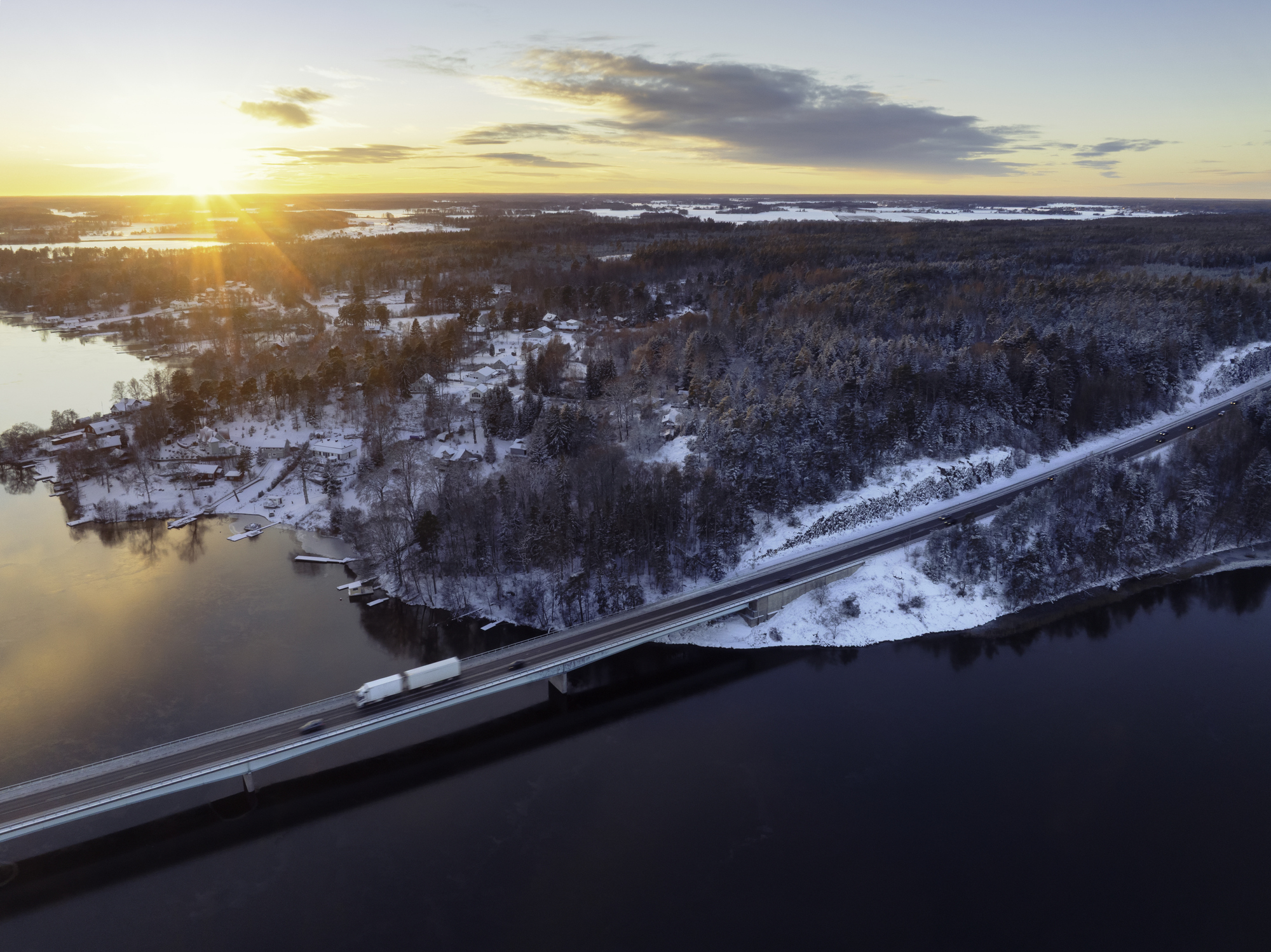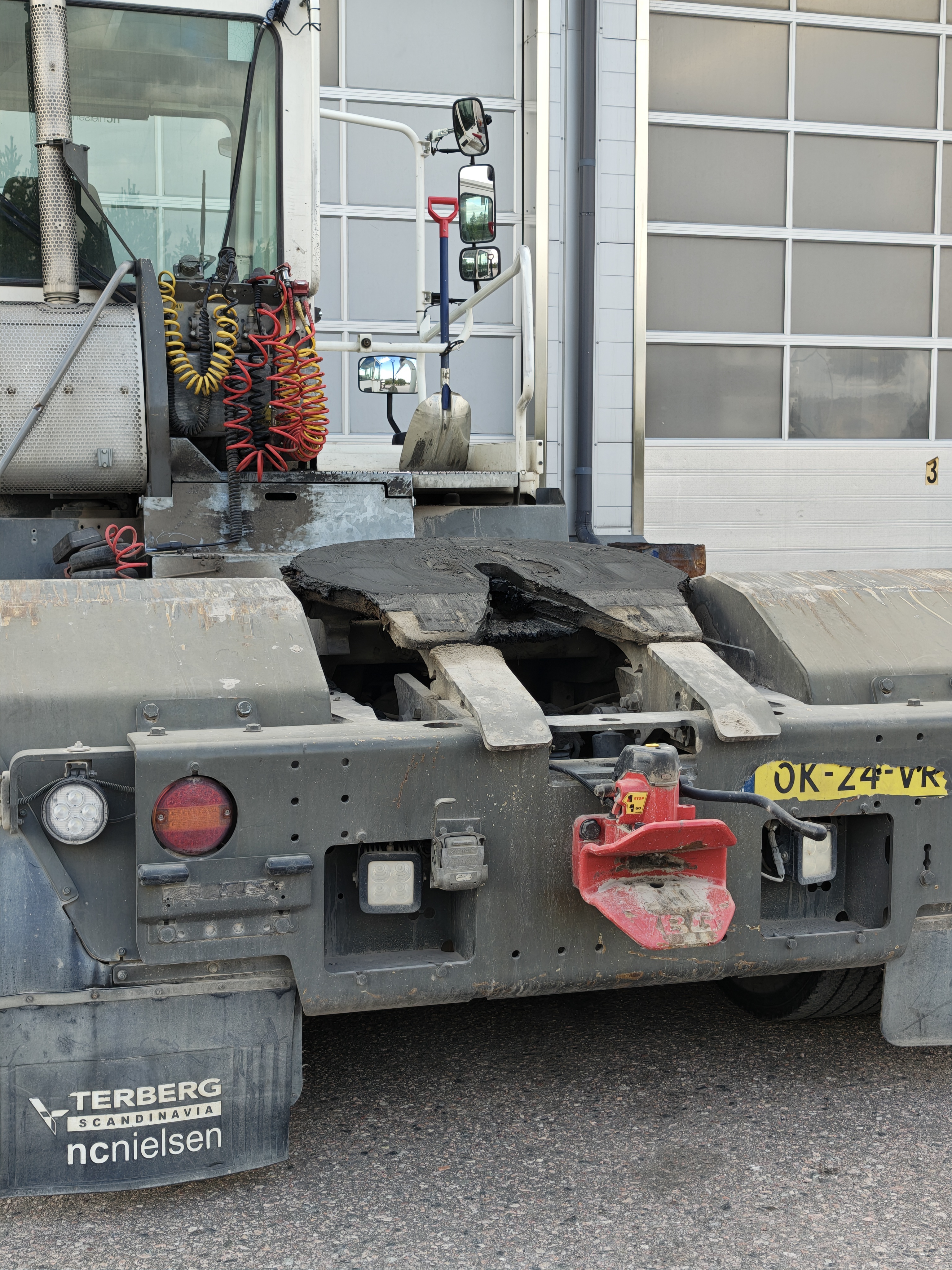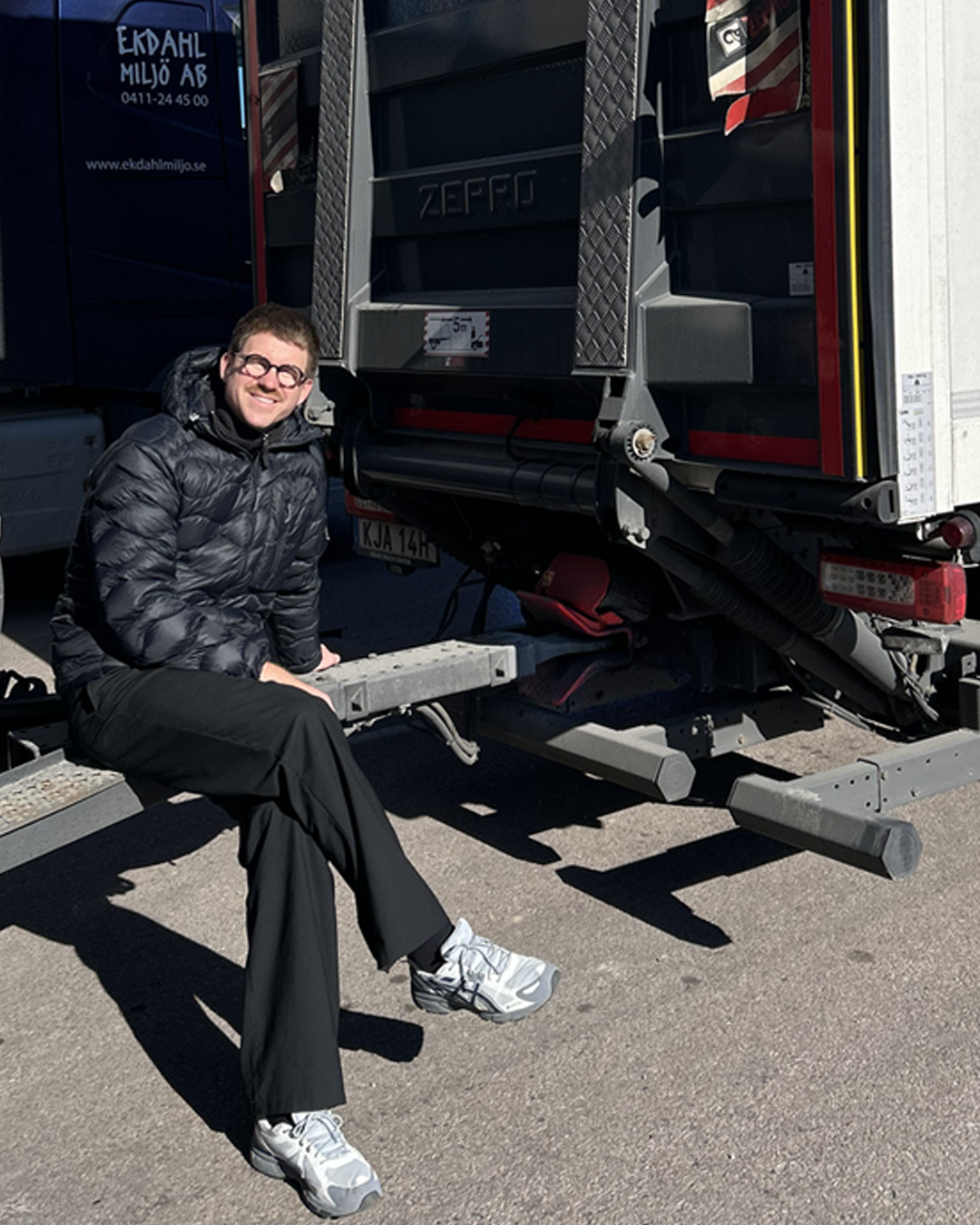What is the Maximum Permitted Weight and Length for Freight Transport in the Nordics?
Regulations on the length and weight of freight transport differ significantly in the Nordic countries. Finland stands out in terms of “longest and heaviest” by being far ahead in the development of High Capacity Transport (HTC) but investigations and tests are underway in several countries.
Cross-border traffic – what are the requirements for transport in the Nordics?
There are national differences in the Nordic countries when it comes to freight transport, and these are important to understand when driving across borders. At the time of writing, the table below applies in the Nordic region for LCV/EMS (Long Vehicle Combination/European Modular System) and HCT (High Capacity Transport) combinations. Regarding combination lengths, LCVs are combinations up to 25.25 m, and above this length are different HCT combinations.
|
|
DK |
SE |
NO |
FIN |
|
Max. combination length (metres) |
18.75 m |
34.5m (updated regulations 1 dec 2023 ) |
25.25 m |
34.5 m |
|
Max. combination weight (tonnes) |
56 t |
74 t |
60 t |
76 t |
|
Max. height (metres) |
4.1 m |
- 1) |
- 1) |
4.4 m |
- Sweden and Norway do not have legislated height restrictions, but the road network is built with a clearance height up to 4.5 m (lower clearances are signposted).
Long Vehicle Combination (LVC):

24m combination:

HCT combinations:

Denmark:
Ongoing trials with more than 1,000 LVC rigs weighing 60 tonnes were started in 2014 and are planned to continue until 2030. The number of rigs has increased every year.
Sweden:
The main part of the state-owned Swedish road network is BK1, which has a maximum gross weight of 64 tonnes. 74 tonnes gross weight only applies to the road network along BK4 which today makes up 26% of the state road network. The BK4 road network is continuously being opened up and, as it currently stands, about 40% of the state road network will be available in 2023.
Norway:
60 tonnes gross weight applies to LVCs including 24-metre timber trucks, for other combinations the maximum gross weight is 50 tonnes. LVCs are only permitted to operate on a limited part of the road network.
Finland:
76 tonnes and 34.5 m HCT combinations can operate on virtually the entire road network, with the exception of some cities. It is the driver’s responsibility to judge accessibility.
How is HCT developing in the Nordics?
Several of the Nordic countries have trials underway or will start HCT trials. In Finland, HCT has been a part of ordinary transport solutions since 2019. The Nordic Road Association (NVF, nvfnorden.org) has several initiatives and holds dialogue with authorities, trade associations and industry in the Nordic countries. NVF works to identify similarities and differences to harmonise or recognise each other’s differences in national regulations and contribute to knowledge equity in the technical development of transport solutions, all with the aim of streamlining cross-border road transport and developing common solutions. Several reports have been produced in the different work areas and include suggestions on how this can be managed in order to streamline or speed up the work with more cross-border HCT transports. Achieving full harmonisation is very complex as it is already difficult at national level to find the right balance, especially when it comes to existing road network infrastructure with traffic circles, intersections, and on-ramps and exit-ramps, which must be accessible, bridges that limit gross weight and need to be strengthened, or rest areas that need to be redesigned for combinations longer than the traditional 25.25m. Some things can be solved with the technology on the rigs, while others require investments into infrastructure.
Ongoing HCT projects
- Sweden continues trials with combinations up to 34.5 m and up to 93 tonnes.
- In 2022, Norway will start trials with 74-tonne, 25.25 m combinations.
- Denmark has trials underway for 25.25m and 60 tonnes until 2030, and in 2023/2024 trials will begin with the DUO trailer (Tractor + semi-trailer + dolly + semi-trailer) up to 70 tonnes.
Calculate performance values on your vehicle combination
Recommended reading

The transition enters its next phase – Future outlook 2026

Field tested reliability - VBG shunting coupling at Raskaspari Trailer Service Oy

